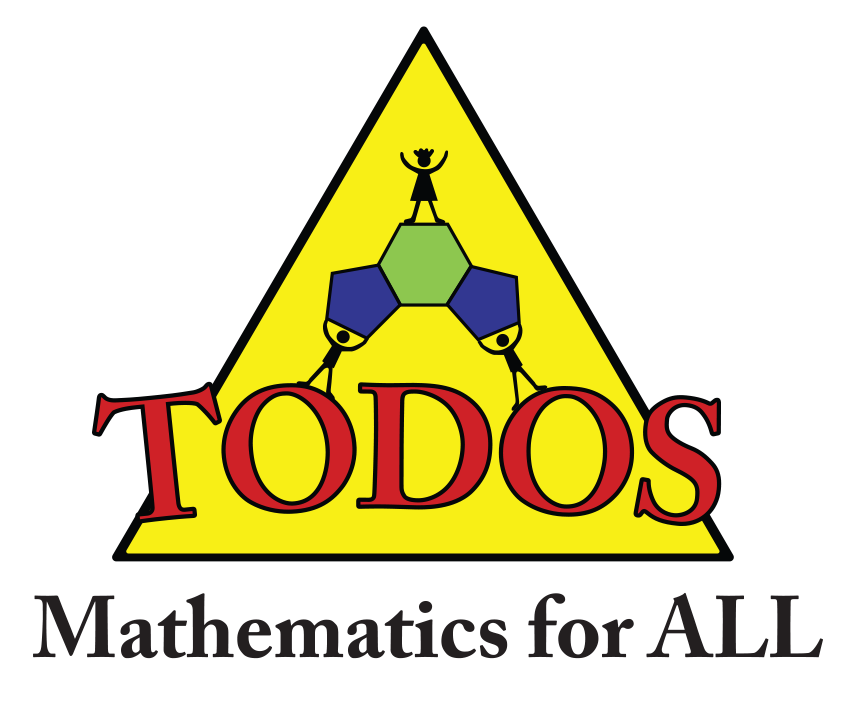TODOS Blog on Voting
TODOS Blog on Voting The Mathematics of Voting and its Consequences: Ideas for Mathematics Lessons By Silvia Llamas-Flores, Carlos LópezLeiva, & Kyndall Brown As the 2018 midterm election approaches, there are many opportunities to engage students in critical issues through mathematics. This blog focuses on specific social justice issues related to voting. We are sharing … Read more
